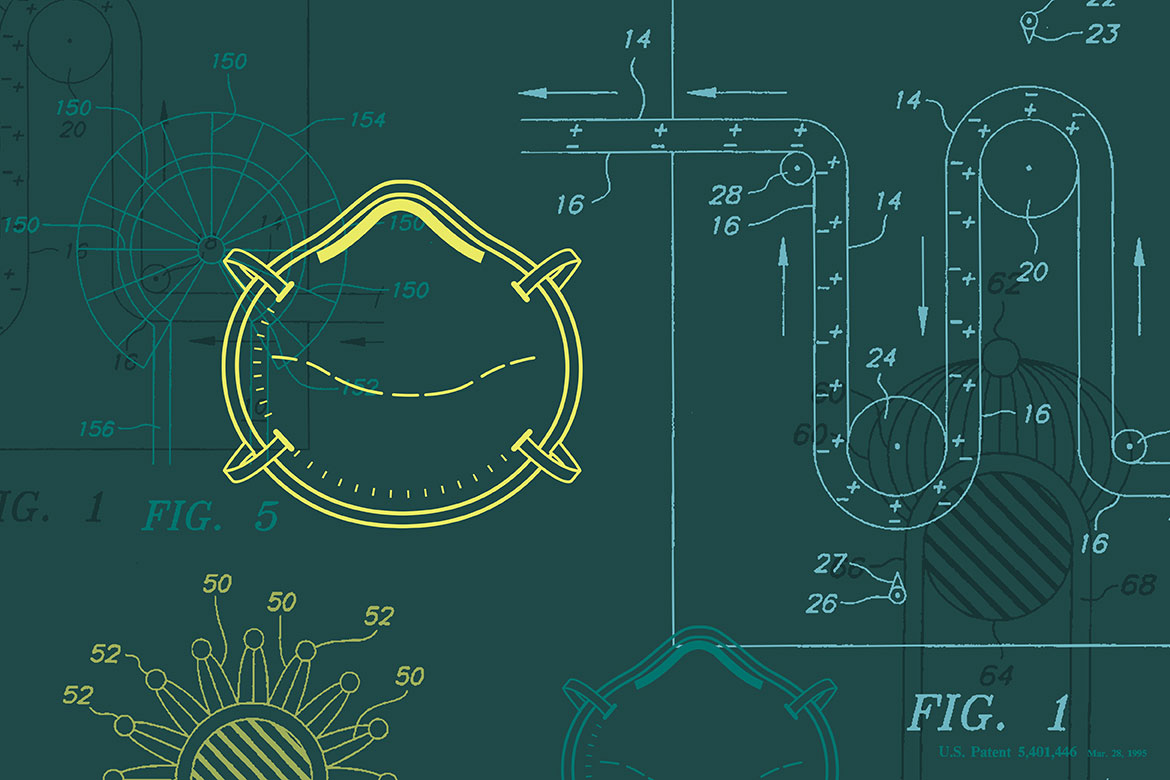The N95 respirator is providing a critical defense for health care workers in the COVID-19 pandemic—and its core technology was developed by a UT professor.
The original design dates back to the early 1970s and was intended for industrial use. Two decades later Peter Tsai, a research faculty member in the Tickle College of Engineering, developed a process that uses corona electrostatic charging to create a filter made of polymer nanofibers that attract even very small particles such as viruses to their sticky surface—the same way socks are attracted to pants in the dryer.
Although it’s commonly called a mask, the N95 is technically a respirator. The difference? Respirators have a higher filtration efficacy, further reducing the wearer’s exposure to small particles.
Earlier this year Tsai came out of retirement to address the national shortage of N95s. He is working with the UT Research Foundation to find ways to safely sanitize the respirators for repeated use, and he partnered with Oak Ridge National Laboratory to create a system to quickly produce material for new ones.
“I just want to help people and just do my job.” he told an NPR interviewer in April.
MORE ABOUT TSAI & N95
- autm
U Tennessee’s Essential N95 Mask Technology Protects Billions - Tickle College of Engineering
The Man Behind the Mask - UT Research Foundation
UT Researcher’s Nonwoven Fabrics Protect the Health of More Than a Billion People - National Public Radio
N95 Mask Shortage Brings Inventor Out Of Retirement In Search Of Safe Reuse Method - Washington Post
The retired inventor of N95 masks is back at work, mostly for free, to fight covid-19 - Knoxville News Sentinel
The humble Knoxville scientist who became a worldwide hero during the pandemic

